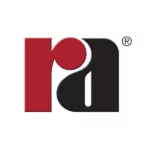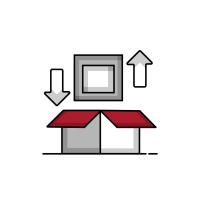Off-the-shelf structural shapes are typically available in 304 and 316 stainless steel. Common extruded shapes such as angles, tees, and I-beams, as well as flat bar sizes, can be found.

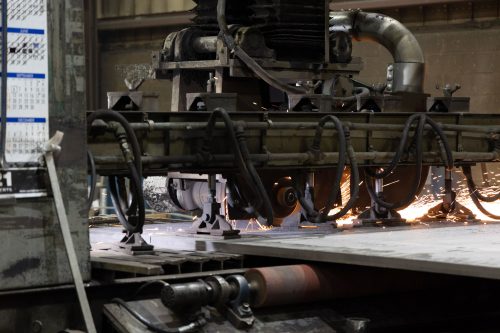
However, when it comes to specialty alloys, the market demand for such products is low enough that manufacturers rarely produce structural shapes for standard inventory. Limited quantities of flat or square bar are produced in a small number of alloys that are in demand for aerospace applications or where cutting from plate is prohibited. These alloys include titanium alloys and some PH stainless steels.
Flat bar production for most other stainless and nickel alloy grades is usually done only when there is a considerable demand to justify a mill production run. This run typically requires a minimum of 2500 pounds per size. However, cutting flat bar from plate can fulfill most flat bar needs, and it poses no metallurgical problems as the properties of stainless and nickel alloy plates are nearly isotropic. Although the transverse mechanical properties can be slightly lower than those in the longitudinal direction, the minimum tensile properties established for each plate material are set by testing in the transverse direction.
The main difference between a true flat bar and a flat bar cut from plate is the dimensional tolerance. In true flat bar, the width and thickness tolerances are strict and similar to those set for round bar. On the other hand, the width tolerance for cutting bar from plate is more liberal and in line with the cutting method, usually with a permitted range of variation of 1/8″. The thickness of the flat bar cut from plate is the same as that of the plate, which has tolerances skewed to the heavy side. The minimum under tolerance for plate thickness is 0.010″. However, the over tolerance is either unrestricted or is at least 0.090″ and increases with thickness.
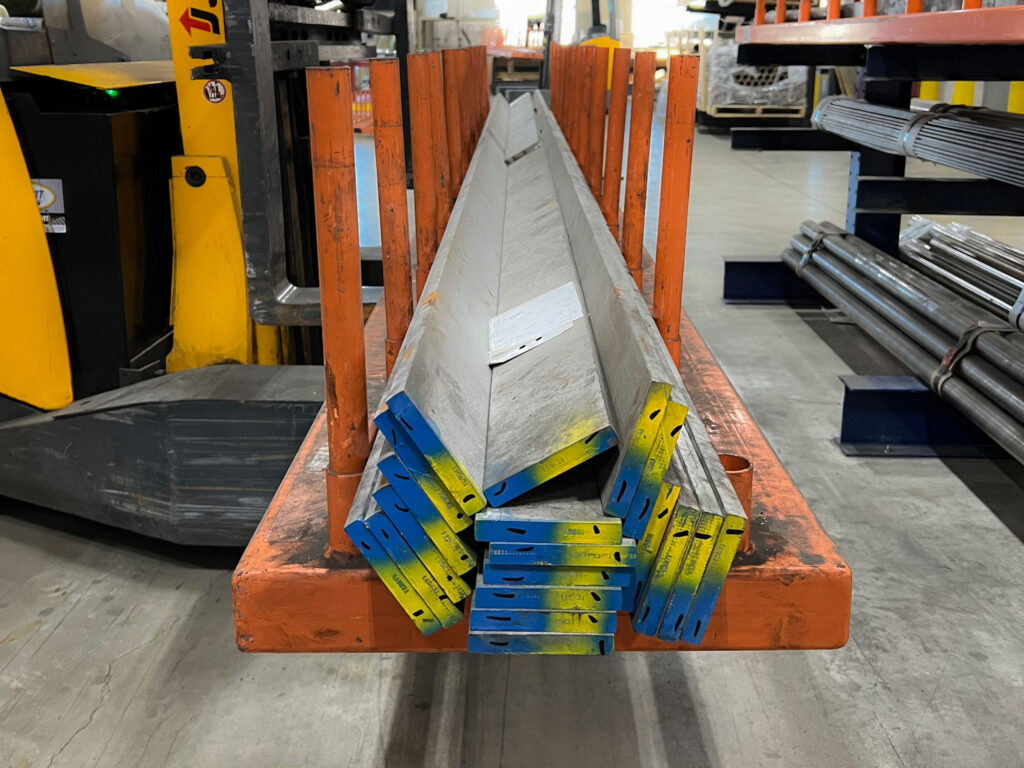
It is important to note that when it comes to bar, edge and corner conditions can vary. For a true bar, all four sides will have a similar surface finish, whereas corners will be full and almost sharp, with only a slight break. They will also be free of any twist or camber. On the other hand, if a flat bar is cut from plate, the sides that were cut will have a different surface finish from the top and bottom, which are the original plate surfaces. Additionally, bar stripped from plate may show some twist or camber, which can vary significantly depending on the cutting method used.
Since most flat bar is cut from plate and can be deformed, at Rolled Alloys, we use a process called Gauering to straighten and condition flat bar products. The equipment used in this process is called a Gauer, named after the New Jersey based company, Gauer Metal Products, where the equipment was invented. Gauering involves passing the flat bar through the Gauer to straighten it, remove any twists, and condition the corners to ensure uniformity. This process also removes the shear burr from the corners. Flat bar cut from plate to ASTM A276 and A479 is permitted by ASTM A484.
Buy Online Anytime
Our dashboard makes it even easier to shop online anytime from anywhere. Quote, buy, and track 24 hours a day.
E-Services Stocking Programs
Our e-service stocking programs put you in the driver seat by using our customized purchasing options to order your recurring material with ease. Whether you have an internal process for purchasing and receiving in place or maybe looking for solutions to become more efficient, we have a program that will work for you.

Trade Shows
Come talk to a Rolled Alloys representative in person about your project. You can find us at these trade shows.

March Mania 2025
Every Online Order in March is a Chance to Win One of 8 Great Prizes!

Instant Pricing on Nickel, Stainless Steel, Duplex, and Titanium
Get real-time pricing and availability for nickel, stainless steel, duplex, and titanium—all in one place.
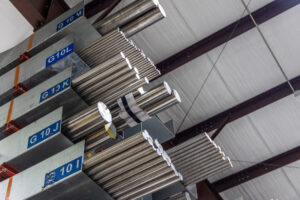
New and Expanded Stock for 2025
New Titanium, Stainless, Nickel and Cobalt in Stock Now – CP Ti Grade 2, 635, 718 and More!

History and Uses of Alloy 800
Discover the evolution of Alloy 800, from its origins during the 1950s to modern derivatives like Alloy 800H/800HT. Learn about its high-temperature strength, petrochemical applications, and commercial availability today.

New Bar Stock Available
New Round and Flat Bar Products in Stock at Rolled Alloys







